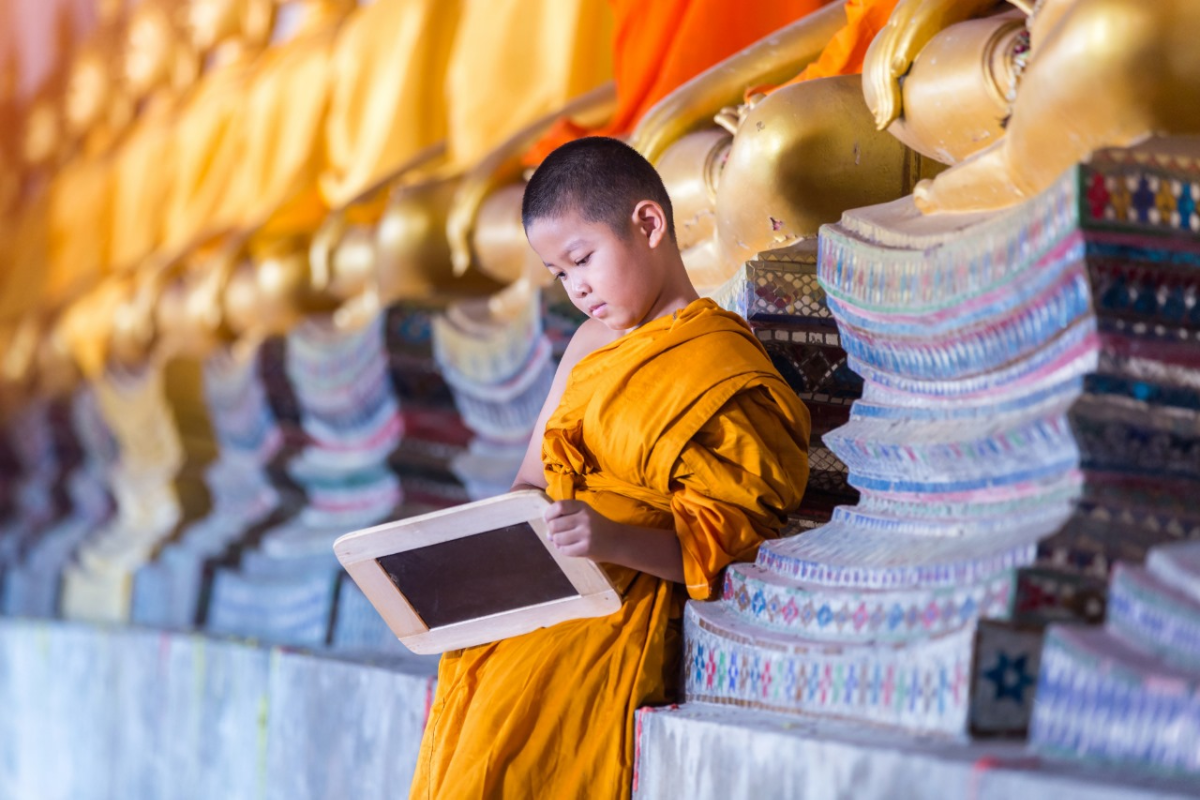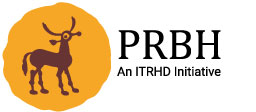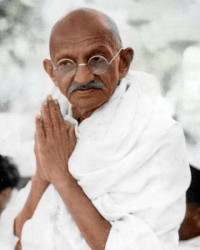Ashoka’s Transformation: At the City of Virat Nagar

200 years after Gotama Buddha, a great king from Magadh (present-day Bihar) rose to power—one who played a vital role in the spread of Buddhism. He is still revered for his phenomenal contributions, which would have been impossible without a deep intent for the welfare of humanity.
The Ambitious but Cruel Aśokā
Most people know Emperor Ashoka (Aśokā) as a fierce, ruthless, and short-tempered king who even killed his half-brothers to seize the throne. His ambition drove him into a spree of invasions. He conquered neighboring kingdoms and soon ruled large parts of India, South Asia, and even regions of Persia.
One prominent kingdom that remained unconquered captured his attention—Kalinga (present-day Odisha), ruled by King Kharavela. Kalinga was renowned for its advanced irrigation systems, maritime trade, and geographical wealth. King Aśokā waged a fierce war that lasted several days. Though victorious in the end, the war led to massive loss of life—around 10,000 soldiers and many civilians were killed on both sides. Countless others were imprisoned, women were widowed, and children were orphaned.
Soon after the battle, the horrific aftermath of pain, suffering, and bloodshed filled Aśokā with remorse and regret. This marked the planting of the first seed of transformation. Kalinga became his last conquest.
Journey of Transformation – At Viratnagar (Present-day Bairath)
Eventually, King Aśokā encountered the teachings of the Enlightened One—Gotama the Buddha—and was deeply drawn to them. He began to study the Buddha’s words. Someone advised him that to truly understand the teachings, he must also practice Vipassana meditation to develop inner insight.
A Bhikkhu (monk) named Upagupta, who taught Vipassana, lived in the city of Viratnagar (present-day Bairath near Jaipur) in Rajasthan, which was part of the Mauryan Empire at the time. Aśokā handed over his royal duties to subordinates and set off for Rajasthan. He spent about 300 days (roughly 10 months) in Viratnagar, and returned a completely transformed man—in mind, speech, and action. He came to be known as Dhamma Aśokā (the noble Asoka). People also referred to him by other names such as Devanampriya (the beloved of the Gods) and Priyadarshi (one who regards everyone amiably).
Still Ambitious, but for the Spread of Dhamma
King Aśokā’s ambition now turned toward spreading the teachings of the Buddha among his subjects, having experienced for himself the purification of the mind that leads to noble conduct. He was determined to share what he had learned and help people live with happiness and harmony. His goal was to make the non-sectarian teachings of the Buddha accessible to as many as possible—just as they had been in the Enlightened One’s time.
Aśokā’s Smart Strategies
King Aśokā, being a skilled and intelligent strategist, followed in the footsteps of Gotama the Buddha and made remarkable efforts to propagate the Dhamma. The strategies he employed produced impressive results—benefits that have even extended into the modern world.
Here are three major strategies he used:
He sent out nine fully liberated Arahant monks to various regions to make the Buddha’s teachings accessible. He also appointed male and female teachers to guide both laypeople and ascetics.
To facilitate teaching and practice, peaceful and inspiring spaces were needed. Thus, he established Cetiyas (memorial places) throughout the country, where monks could reside and teach.
Since printing technology was not yet available, he had the teachings of the Enlightened One inscribed on rocks—now known as Rock Edicts. These Aśokan rock edicts, discovered to date, have preserved the teachings for over 2300 years.
The Cetiya sites likely included a variety of architectural elements such as stupas, monasteries, edicts, prayer halls, and pillars bearing emblems. Research suggests Aśokā established around 84,000 such sites.
Images:
- Ashoka's visit to the Ramagrama Stupa
- Sanchi Stupa 1, Southern Gateway
- Minor Rock Edicts and Pillars
- Ashoka Lauriya Areraj Inscription
- Why Bairath Matters Today?
Why Bairath Matters Today?
This place of transformation of Cruel Asoka to Dhamma Asoka, holds immense importance in history. Further it was once the best place where Buddha’s teachings were taught. Excavations undertaken by archaeologists in these once-thriving, now-forgotten villages of Buddhist heritage have revealed Bairath (Viratnagar) as an important site, currently protected by the Archaeological Survey of India. Findings from excavations at Bijak-ki-Pahari hill in Viratnagar include:
- Two Aśokan inscriptions
- Important ancient Buddhist relics
- Remains of a brick and wood Mauryan stupa-shrine
- Monastic structures, including a double row of cells around an open square courtyard
Preserving and conserving a site like Viratnagar in Rajasthan holds immense significance for Buddhist communities. However, beyond preservation, it is even more vital to restore and rebuild the site—to revive the lost glory of its past and to reinforce the cultural pride and heritage of the region. This rich legacy has the potential to serve as a catalyst for sustainable development and the socio-economic upliftment of local communities.
Credits:
Concept & Research: PRBH Heritage
ASI Jaipur Circle – Bairat Excavated Site
https://www.vridhamma.org/Era-of-Emperor-Asoka
Viratnagar – Wikipedia
Visuals: To be credited as per final sources
Register as Delegate
For online / offline participation bothRegister as Volunteer
For online / offline participation both
Words of Wisdom
Download
Conference Brochure
Get the program schedule, key sessions, and essential details. Stay informed and plan your participation effectively.



